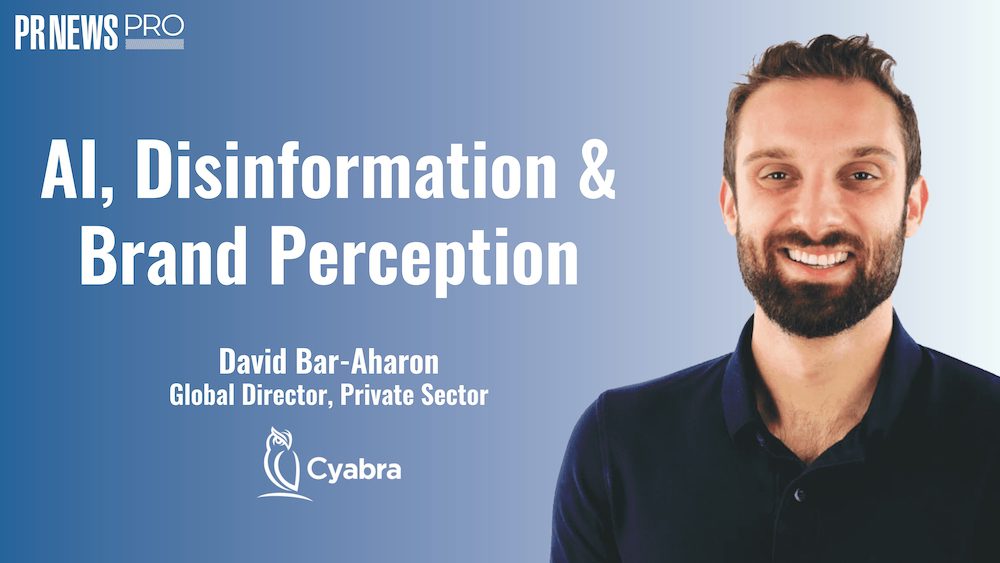Generating tons of leads is well and good, but it doesn’t mean much if they don’t convert. If companies want to earn their coffee, they have to convert their leads to sales, and that requires a comprehensive perspective, a well-informed strategy and proper training, among other things. That’s no small order, which is why there are plenty of ways leads can fall by the wayside and never become the conversions they could have been.
Here’s a look at 10 of the most common reasons why leads don’t convert.
Discord between marketing and sales
The most common reason why leads don’t convert is that they were never really leads or opportunities to begin with, and they were prematurely passed from marketing to sales. “When leads are not converting, it usually means there is a disconnect between the marketing and sales teams as to what the true definition is of a marketing-qualified lead,” says Michael Bird, CEO of NetProspex.
This misalignment between sales and marketing leads to what Brian Kardon, CMO of Lattice Engines, calls “lead leakage.” This term “refers to leads that enter at the top of the funnel but for one reason or another never make their way down to conversion.”
The solution is encouraging marketing and sales teams to identify and agree upon what the definition of a lead actually is. “Once a defined standard has been created, businesses that have a marketing automation platform in place can build a lead-scoring model to identify prospects that meet the correct demographic profile and exhibit enough behavioral engagement that indicates a propensity to buy,” Bird says.
Lead scoring can help companies quantify and assess the quality of leads. “Based on criteria linked to the existing customers, we have identified those lead characteristics that are more likely to convert to a valuable customer, and leads can be assigned a priority ranking accordingly, making it easier to set priorities for lead follow-up and develop programs for each scored lead grouping,” says Rebecca Wilmoth, senior marketing manager at Vocus.
She adds that lead scoring can be used to determine which leads should be passed on to sales and which should stick with marketing until they’re actually ready to convert.
Fixing a leaky sales funnel also requires marketers to do a better job of nurturing leads, according to Kardon. “From there, sales needs to recognize and communicate to marketing which leads are and are not ready for them.”
Bird says that companies without a marketing automation platform in place can use a checks-and-balances system, which will help them to understand the qualities marketing and sales each use to identify qualified leads. If an insufficient volume of leads is converting, then the checks-and-balances system isn’t being followed or the lead-scoring model is flawed. “In either scenario, the definition of what makes up a qualified lead needs to be adjusted to reflect the reality of buyer behavior,” he says.
Further along in the sales process, the focus should be turned from what makes a marketing-qualified lead to what makes a sales-qualified lead. “Factors like budget and need and timing typically play an important role at this stage of the buying cycle,” Bird says. “If opportunities are not converting to deals, then those definitions need to be adjusted, or the sales team may need further training on proper forecasting and overcoming objections.”
Not enough value
“In today’s busy environment, it’s critical to work on fine-tuning the value offered through the marketing activity and position it from the perspective of the buyer,” says Micky Long, vice president and practice director of lead nurturing at Arketi Group.
He adds that marketers spend plenty of time on the words in an email or the content on a Web page but not enough time critically examining their value proposition. “If it doesn’t immediately resonate with the potential buyer, no clever email text or well-designed website will create conversions.”
Lack of supporting elements
Speaking of websites, companies need to make sure that their offer is being echoed across supporting elements. “Do you have something on your website that reflects something they may have received in the mail?” asks Hillary Kelbick, president of MKP Communications.
For direct mail in particular, she reminds companies that they need to make sure that whatever is in their offering or messaging is reflected in other places, such as their website or stores.
Insufficient (preparation of) staff
However, syncing offers and messages across channels won’t amount to much if a company’s staff is poorly informed. For instance, if a consumer walks into a physical store location and mentions a special offer they saw in a direct mailing, a properly trained employee will be ready to say more about the offer and stands a better chance of converting the prospect. If not, an opportunity may be lost. This requires properly educating behind-the-scenes people, according to Kelbick.
 Employees, particularly those manning online chat and call channels, also need to be trained on how to overcome rejection. If you’re fortunate enough to get a response, you have to be prepared to respond to rejections, Kelbick says. This means equipping staff with call scripts, talking points, FAQs and other information.
Employees, particularly those manning online chat and call channels, also need to be trained on how to overcome rejection. If you’re fortunate enough to get a response, you have to be prepared to respond to rejections, Kelbick says. This means equipping staff with call scripts, talking points, FAQs and other information.
You can have the best-trained staff and top-notch creative, but if you don’t have enough members on your staff, conversions may fall through the cracks. Kelbick reminds companies that it’s important to draw only as many leads as your team can follow up with.
Kelbick adds that there’s nothing worse than an interested party being put on hold, unable to get through or connecting with an employee who isn’t ready to handle the discussion. “Be prepared to respond to volume.”
Poorly designed site architecture
“Online leads often fail to convert due to poorly designed site architecture,” says Abi Solomon, marketing director at ClickTale. “Either the path is unclear and visitors get lost along the way and don’t reach the final step; or the path is too long, requiring visitors to go through too many different steps before they reach the final step.”
Solomon adds that a company’s home page needs to be user-friendly and easy to navigate. If it’s too crowded with promotions or ads, or lacks basic features like a search box or “contact us” option, visitors will become impatient and take their business elsewhere.
The call-to-action button is a crucial part of a website. “Many online leads are lost simply because the interested party can’t locate the call-to-action button,” Solomon says. “It must be colorful or stand out in some way, and should never be placed below the fold.”
“Even with a strong value proposition, if you make it difficult for a prospect to engage, they won’t,” Long says. “This distraction can take the form of a poorly designed landing page, an overly ambitious form, poor Web page flow or lack of a compelling call-to-action.

 Network
Network

